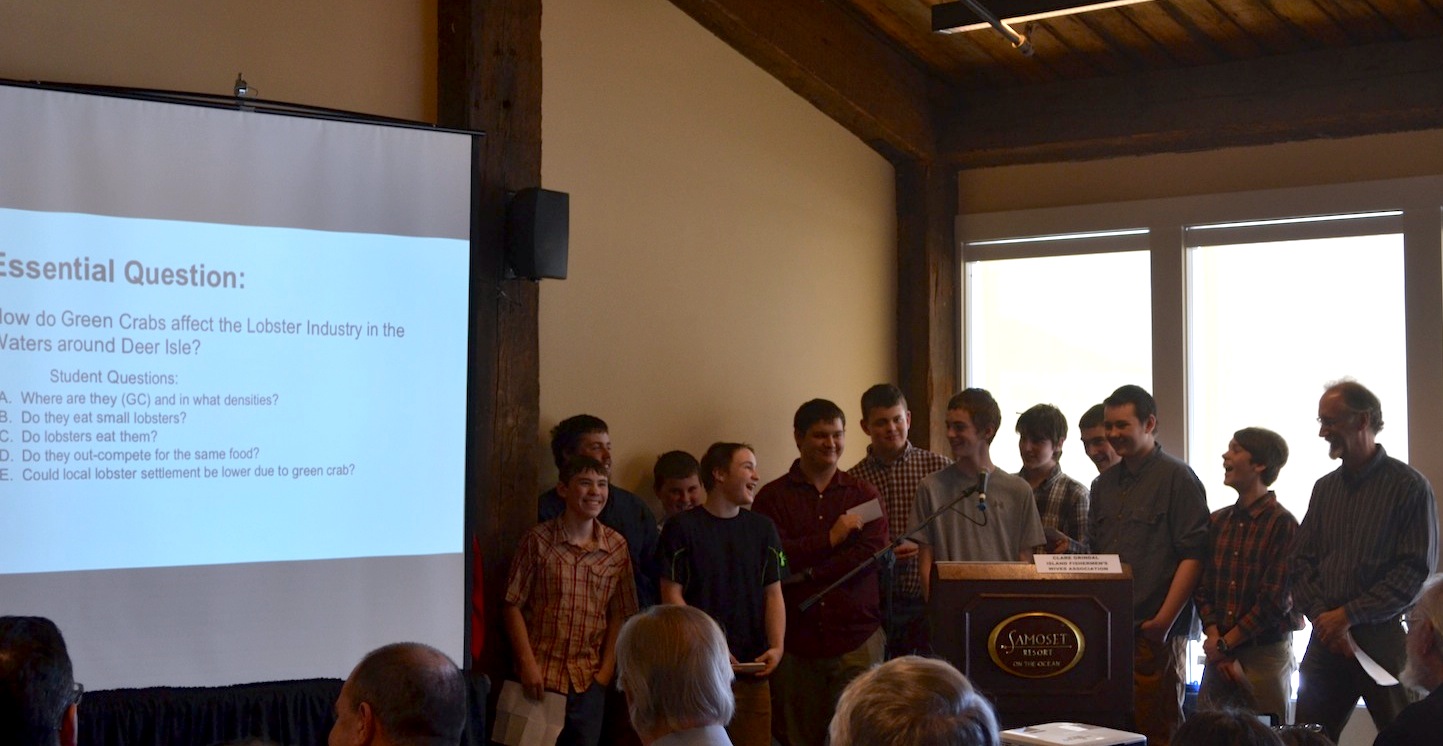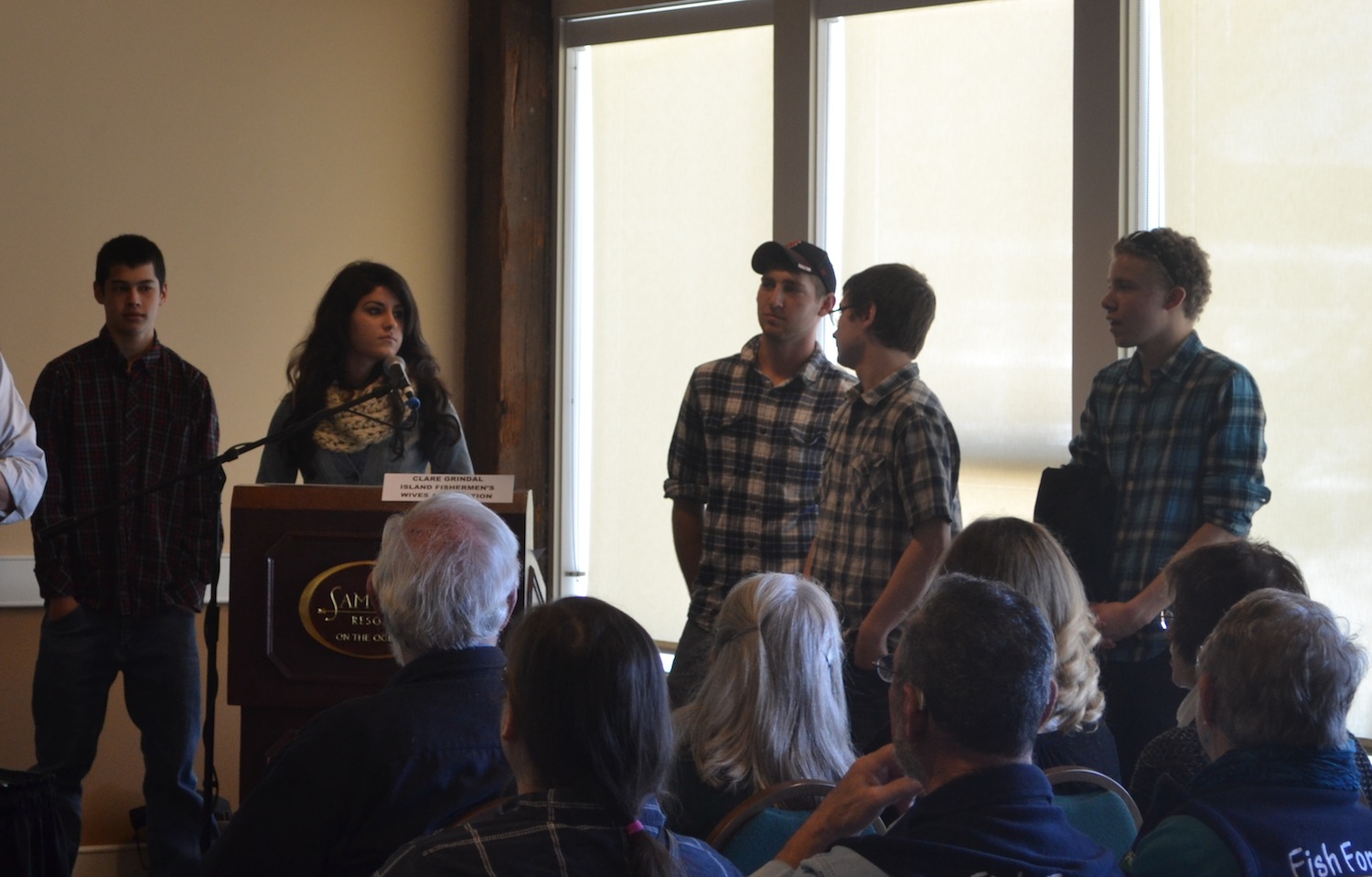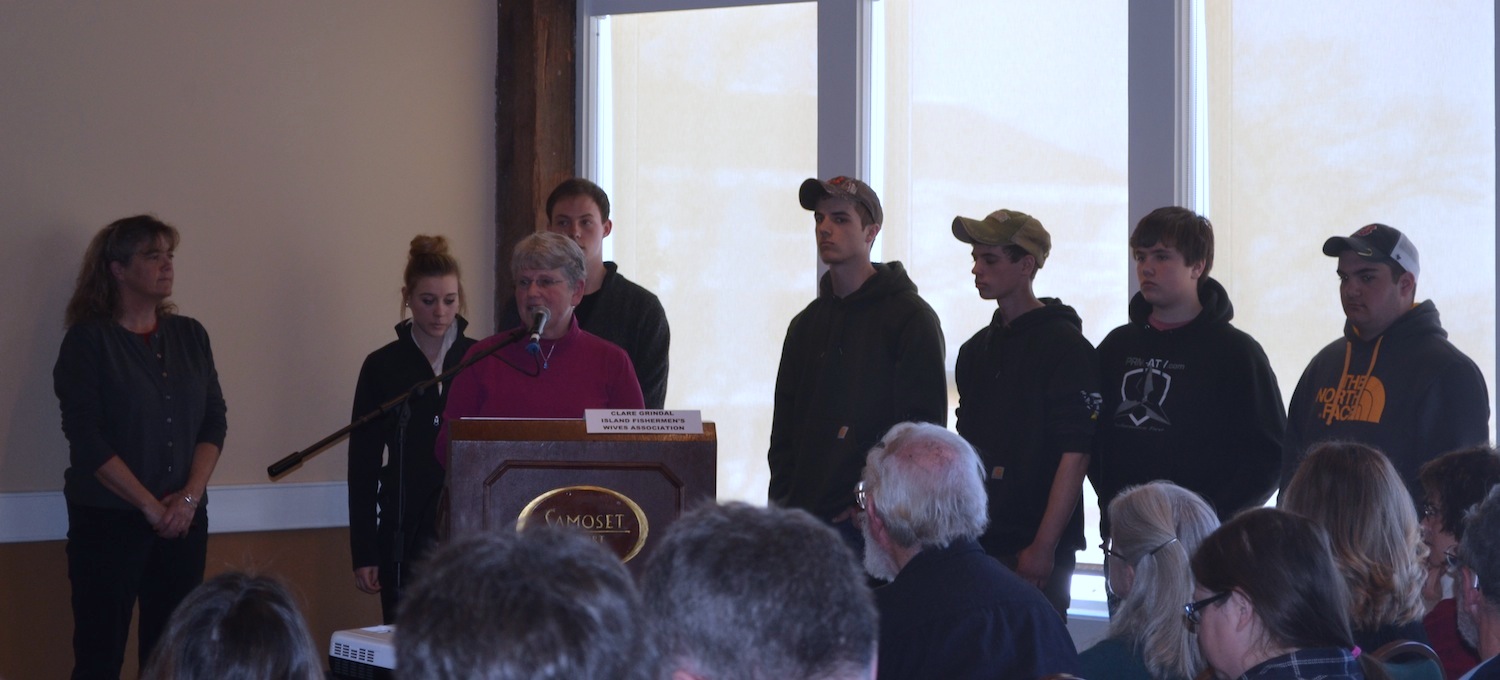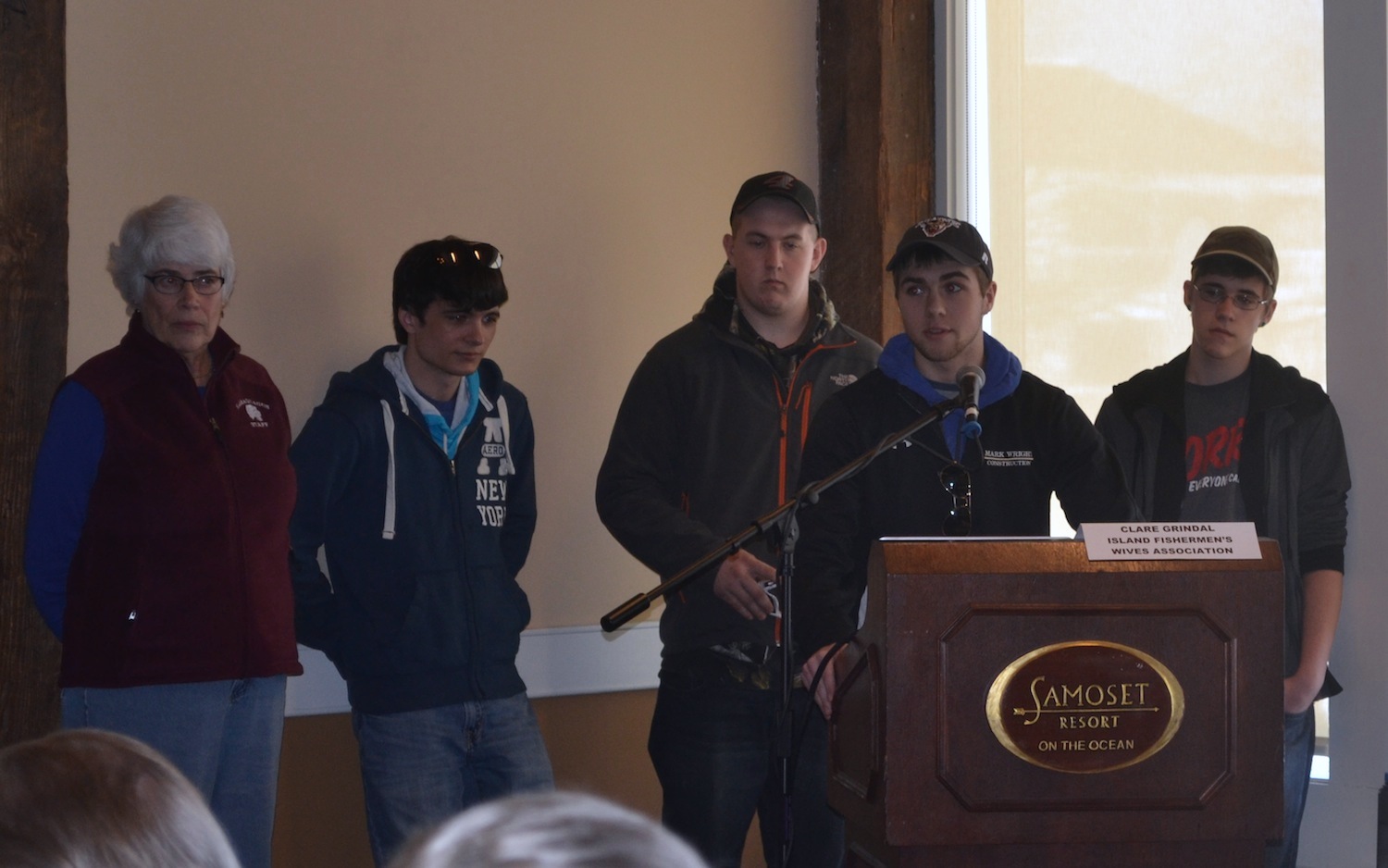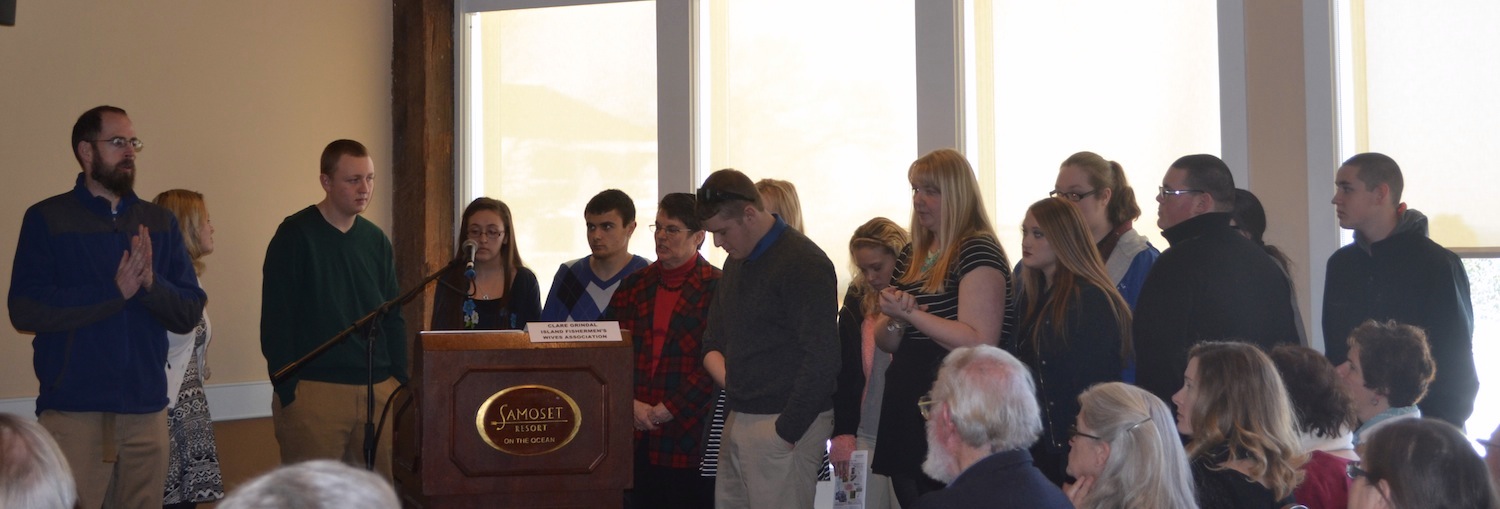Fryeburg Academy's AP Environmental Science class joined us for a fast-paced 24-hour visit! Upon arrival, the students explored Hurricane’s historical roots and sustainable systems. They then hopped on one of our boats to learn how to haul lobster traps with Oakley. The rest of the afternoon was spent with Chloe and Jacque, hiking and learning about basic botany and phenology (the study of seasonal change) in preparation for the development of a phenology focused research project.
After a tasty, fresh-caught lobster dinner and watching the nearly full moon rise over Greens Island, we headed to the lab where the students developed their research question and methods. The students were interested in investigating if paper birch trees on the south end were further along in their phenophase (an observable stage or phase in the annual life cycle of a plant) than paper birch on the east side of the island. Early the next morning, the students were back in the lab narrowing down a procedure and then they headed out into the field to collect their data.
They split into two groups – one headed to the south end and one to the east side of the island. Each group walked along a 60m transect. In order to randomly select paper birch trees, the students would stop every 15m along the transect and then collect data on the nearest paper birch to that stopping point. At each tree, students quantified the color of leaves on a select number of branches as well as other data about that tree including height, circumference, and available sunlight.
Back in the lab, each group compiled their data and spent time analyzing the results, which were then presented to the Hurricane Island staff. Even in such a short amount of time, students were able to collect enough data to conclude that paper birch on the eastern side of the island were further along in their phenophase than paper birch on the south side of island. We had a great time with the Fryeburg students and their instructor and we hope they enjoyed their whirlwind trip of Hurricane as well!


